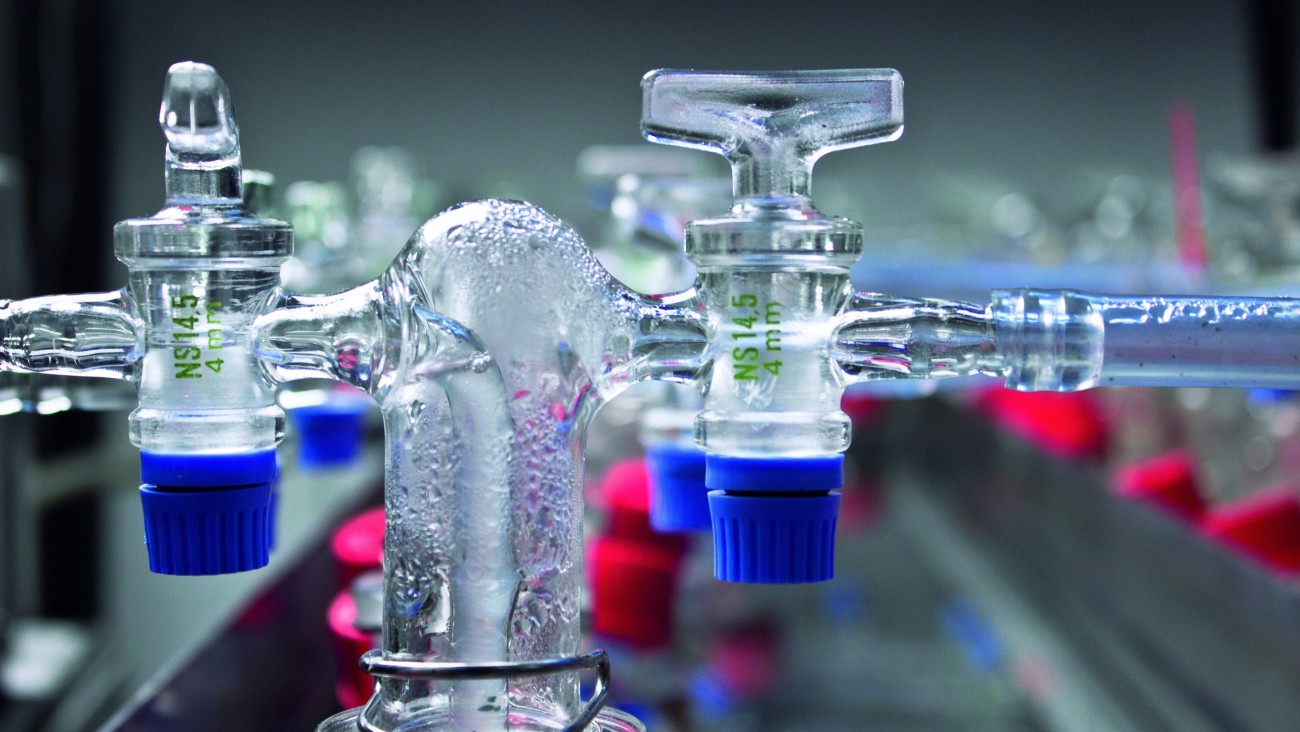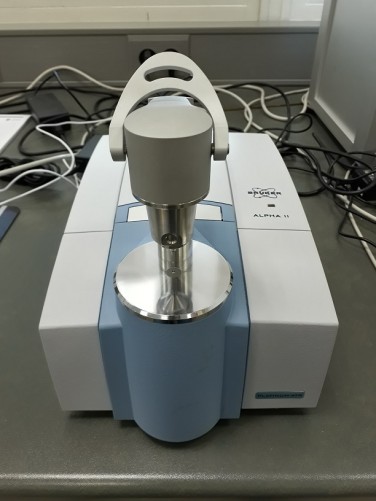But more and more quantitative and qualitative analyses of individual substances in paper and wastewater came into focus. In this field substances of toxicological concern will be of increasing interest especially if they are contained in food contact paper and could pose any risk to the consumer. Hazardous substances in waste water effluents have to be examined, too. Responding to the expanding requirements PMV has strengthened its equipment for the trace analysis of organic compounds. Depending on the substance and method of detection of hazardous substances in wastewater samples may be reliably determined from concentrations of 50 … 100 ng/l. In paper and board samples the limit of detection is in the range of 5 µg per kg paper, for example for multiple chlorinated phenols.
Sample matter
All kinds of fiber material, fiber suspensions, paper, board, process water, and wastewater, residues of paper production and other solid or liquid samples
Sample preparation
Centrifugation, sheet formation (Rapid Köthen, handsheets), all kinds of filtrations including vacuum and high pressure filtration, freeze-drying, drying/storage under specific conditions (temperature, humidity), grinding by means of ball mill, cold water and hot water extraction, solvent extraction, liquid-liquid extraction, solid-phase extraction, headspace and direct thermodesorption connected with gas chromatography / mass spectrometry, stir bar sorptive extraction to enrichment of trace compounds in liquid samples









